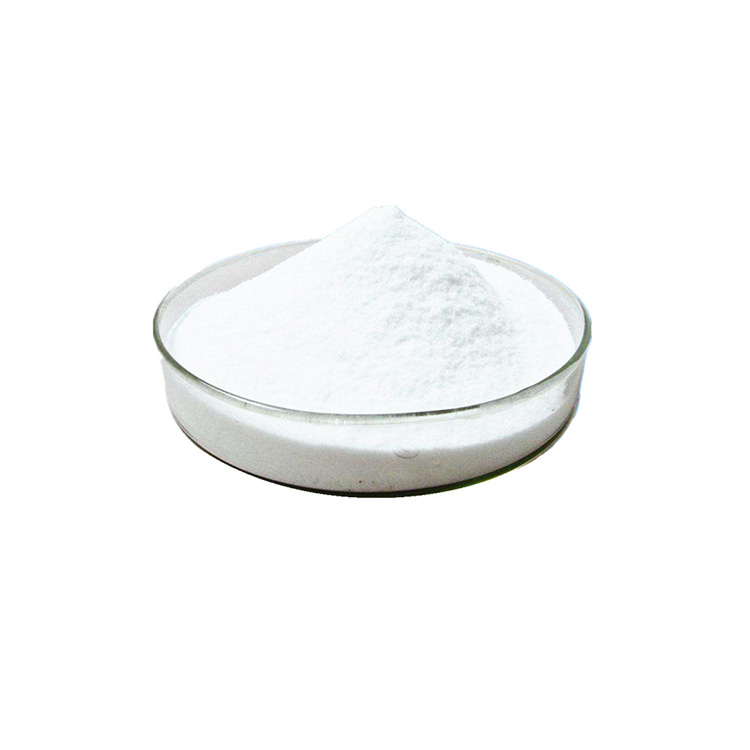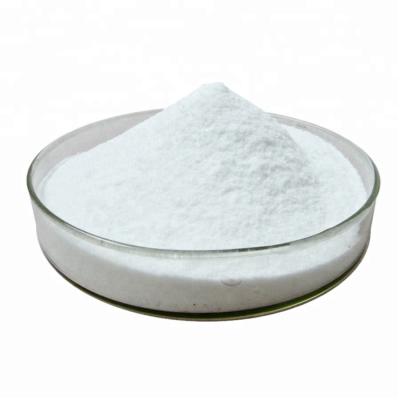Mesotrione Herbicide
Common name: Mesotrione
Chemical name:
2-[4-(methylsulfonyl)-2-nitrobenzoyl]-1,3-cyclohexanedione
Molecular formula: C14H13NO7S
It can be used to control annual broad-leaved weeds and some gramineous weeds before or after the emergence of corn.
Common name: Mesotrione
Chemical name:
2-[4-(methylsulfonyl)-2-nitrobenzoyl]-1,3-cyclohexanedione
Molecular formula: C14H13NO7S
Structural formula:

Molecular weight: 339.32
CAS No. : 104206-82-8
Product description:
Mesotrione is an effective inhibitor of HPPD (4-hydroxyphenylpyruvate dioxidase), which is widely present in various organisms and catalyzes the initial reaction of plastoquinone and tocopherol biosynthesis. The optimal pH of this enzyme in phosphate buffer is 7.3, but the activity range is wide; when the temperature is increased from 23°C to the optimal temperature of 30°C, the activity increases by 2 times. The molecular weight of HPPD in corn is 43kDa, and the enzyme activity Requires reducing agent glutathione, dichlorophenol or ascorbic acid. When ascorbic acid is present, the activity of this enzyme in corn increases by 2 times. In plants, tyrosine metabolism is an important process, and its metabolite homogentisic acid is the precursor substance of the synthesis of photosynthetic pigment quinone and tocopherol, and homogentisic acid biosynthesis includes a decarboxylation stage, double oxidation and pyruvate Side chain rearrangement, this complex reaction is induced by HPPD. HPPD is inhibited, resulting in tyrosine accumulation and plastoquinone exhaustion in plant meristems, and plants albino and gradually die.
Physical and chemical properties:
Brown or light yellow solid, melting point 165℃, density 1.46g/ml (20℃), vapor pressure 4.27×10-8mmHg (20℃). It is soluble in dichloromethane, acetonitrile and acetone. It is a weak acid with pKa3.12 (20℃). Because of its weak acidity, the degree of ionization varies with pH. Water solubility is pH-dependent, from 2.2 at 20℃ g/L (pH4.8), 15g/L (pH6.9) to 22g/L (pH9.0), anti-hydrolysis at pH 4-9.
Usage:
It can be used to control annual broad-leaved weeds and some gramineous weeds before or after the emergence of corn, which mainly include cocklebur, abutilon, quinoa, amaranthus, polygonum, solanum, ragweed, etc. most important fields in the field Leaf weeds and some gramineous weeds such as young barnyardgrass, crabgrass, setaria, brachiaria, etc.
Submitted successfully
We will contact you as soon as possible




